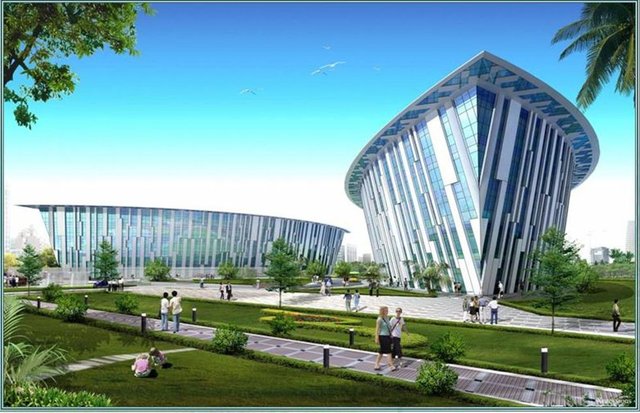
India is today facing a unique challenge of dealing with high inflation, while continuing on its high growth trajectory. Boosting of supply in all industries, including through incentivizing of infrastructure development, streamlining of regulatory process to reduce time and costs for business and tax incentives for low cost housing are all important areas which will help reduce inflation and also enable growth rates to be maintained.







